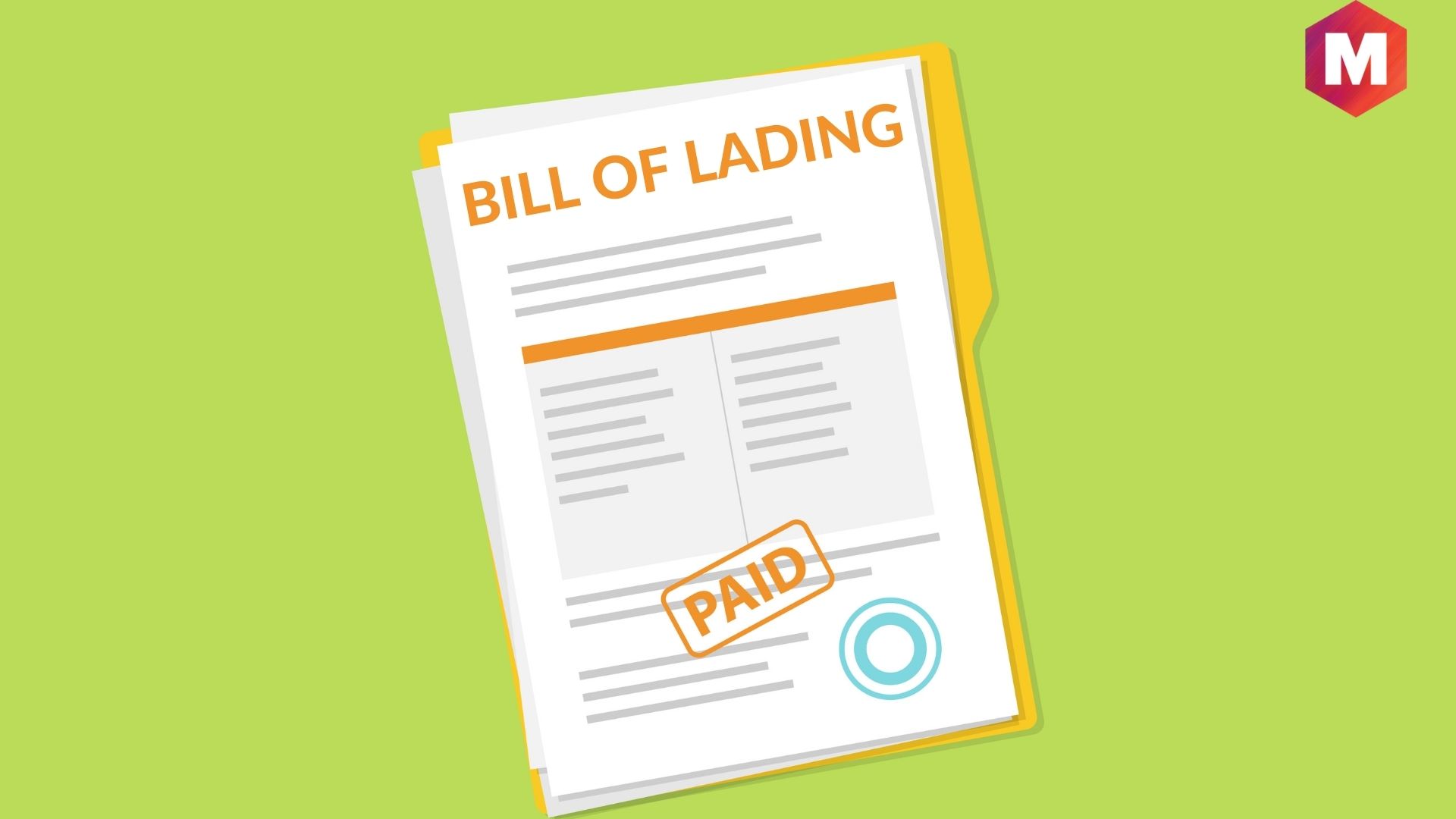A consignee is an individual or organization to whom consigned goods are delivered. The consignee is responsible for receiving the consigned goods and making sure that they are transported to their final destination safely and in a timely manner.
If the consignee is unable to receive the consigned goods, they may appoint a third-party agent to act on their behalf. The consignee is typically named on the bill of lading or other shipping documents as the party responsible for taking delivery of the consigned goods.
Table of Contents
Who is a Consignee?
A consignee is the receiver of the products being sent. A customer or client is referred to as a consignee. The recipient in a contract of carriage is the entity that is financially responsible (the buyer) for the arrival of a shipment.
In most cases, the consignee and receiver are the same people. The deliverer, sender, and carrier are all examples of consignors, recipients, and carriers in this case. The bill of lading (BOL) contains the consignee’s name, which is usually the shipment receiver and the goods’ owner. The consignee is the entity or person legally required to accept the load unless there are additional instructions.
Only the consignee may file a claim for loss or damage with the carrier. The consignee is the consignor’s authorized representative who is designated to receive the consignment from the carrier. The consignee may be an individual or a company.
If the consignee is a company, the consignor must designate an authorized representative to receive the consignment on behalf of the company. The consignee is responsible for providing the carrier with accurate and up-to-date contact information, including but not limited to a valid email address and telephone number. The consignee is responsible for filing a claim within the timeframes specified by the carrier, which are typically 60 days from the date of loss or damage. The consignee must also cooperate with the carrier’s investigations into the claim. If the consignee does not cooperate or provide requested
What is Consignment?
Consignment is the act of sending goods to someone in another location while maintaining ownership of those goods. In consignment, the consignor (the owner of the goods) contracts with the consignee (the party who will receive the goods) to ship the merchandise to a third-party destination.
With consignment, the consignor maintains ownership of the merchandise until it is sold by the consignee. The consignee sells the merchandise on behalf of the consignor and remits payment, minus any agreed-upon fees or commissions.
Consignor vs. Consignee
The consignor and consignee are two parties involved in a Consignment Agreement. The consignor is the owner of the goods being shipped (cargo), and the consignee is the party who will be receiving the shipments. Let’s understand the difference between consignor and consignee on different grounds-
1. Meaning
The consignor is the owner of the consignment who sends it to the consignee. The consignee is the person to whom the consignment is sent by the consignor.
2. Contract
There is a consignment contract between the consignor and consignee in which all the details regarding sending and receiving of goods are mentioned. It also contains other important details such as date, time, mode of transport, etc. This contract must be signed by both parties before dispatching the goods.
3. Obligations
The consignor is responsible for providing all essential documents required for shipping. The consignee is liable for taking delivery of the consignment and making the necessary arrangements for its further transportation.
4. Ownership
The consignor owns the consignment until it is sold by the consignee. The consignee becomes the owner of the consignment after purchasing it from the consignor.
5. Risk
The risk of loss or damage to the consignment lies with the consignor until it is delivered to the consignee. Once the delivery is made, the risk shifts to the consignee.
Bill of Lading BOL
The consignee’s name and address are shown on the face of the bill of lading. The consignee is the shipper’s customer, who has arranged with the shipper for transportation of goods and will eventually take possession of them.
A consignee may be either the consignor’s customer or an agent appointed by the consignor or consignee to take delivery on their behalf. A consignment agent is someone who, according to a contract with the consignor, takes charge of the consignment, arranges its transportation, and receives payment from the consignor.
Key elements of a BOL include Name(s) and Address(es), Ship From, Ship To, Third-Party Bill, Freight Description, Freight Class, BOL #, PRO #, Freight Charge, Prepaid, Collect, 3rd Party, Purchase Order or Special Reference Numbers, # of Pieces, Packages, Cartons, Skids, Weight, DOT Hazardous Material Designation and Special Instructions.
Air waybill (AWB)
The Consignee must have a copy of the Air Waybill (AWB) to take possession of the shipment. The AWB is a document that shows who the shipper and Consignee are, as well as the point of origin and destination of the shipment. It also lists the number of pieces, weight and dimensions of the shipment, and any special instructions.
Example of a Consignor/Consignee Relationship
Haley is the consignor of a consignment of goods being shipped from her store in Los Angeles to her consignee, Alex, in New York. Haley contracts with a shipping company to transport the goods to Alex.
The shipping company issues a bill of lading to Haley. The bill of lading names Alex as the consignee and shows the consignment’s point of origin (Los Angeles) and destination (New York).
The shipping company transports the goods to New York, where Alex takes possession of them. Alex sells the goods and remits payment to Haley, minus any agreed-upon fees or commissions.
Haley is the consignor because she owns the merchandise and contracts with the shipping company to transport it. Alex is the consignee because he takes possession of the goods in New York and sells them on Haley’s behalf.
What Is a Consignee Letter?
A consignee letter is a document that identifies the consignee of a shipment of goods. The consignee letter is usually issued by the consignor and must be presented to the carrier in order to take possession of the goods. The consignee letter typically contains the consignee’s name and address, as well as the date, time, and place of delivery.
How to Find a Consignee?
If you are a consignor looking for a consignee, there are a few ways to find one. You can search online directories, such as the Consignment Network or the National Association of Resellers. You can also contact your local chamber of commerce or business association. Finally, you can ask other businesses in your industry if they can recommend a consignee.
Who Does a Consignee Interact With?
A consignee typically interacts with the consignor, the carrier, and the shipper. The consignee is responsible for taking possession of the goods and making arrangements for their transportation. The consignee may also be responsible for paying the shipping charges.
What Are the Duties of a Consignee?
The duties of a consignee vary depending on the terms of the consignment agreement. In general, the consignee is responsible for taking possession of the goods and making arrangements for their transportation. The consignee may also be responsible for paying the shipping charges.
What Is a Consignment Agreement?
A consignment agreement is a contract between a consignor and a consignee. The consignment agreement sets forth the terms and conditions of the consignment, including the duties and responsibilities of each party. A consignment agreement may also be referred to as a consignment contract, consignment note, or consignment letter.
What Are the Different Types of Consignments?
There are two types of consignments: direct consignment and indirect consignment. A direct consignment is a consignment in which the consignor ships the goods directly to the consignee. An indirect consignment is a consignment in which the consignor ships the goods to a third party, who then ships the goods to the consignee.
What Is a Consignment Note?
A consignment note is a document that sets forth the terms and conditions of a consignment agreement. The consignment note typically contains the names and addresses of the consignor and consignee, as well as the date, time, and place of delivery. The consignment note may also contain other information, such as the description of the goods being shipped, the shipping charges, and the payment terms.
What Is a Consignment Letter?
A consignment letter is a document that identifies the consignee of a shipment of goods. The consignment letter is usually issued by the consignor and must be presented to the carrier in order to take possession of the goods. The consignment letter typically contains the consignee’s name and address, as well as the date, time, and place of delivery.
Conclusion!
On the concluding note, it is clear that a consignee is an important party in the consignment process. The consignee is responsible for taking possession of the goods and making arrangements for their transportation. The consignee may also be responsible for paying the shipping charges.
A consignment agreement is a contract between a consignor and a consignee that sets forth the terms and conditions of the consignment. There are two types of consignments: direct consignment and indirect consignment. Finally, a consignment letter is a document that identifies the consignee of a shipment of goods. What are your views about consignments? Let us know in the comments below.
Liked this post? Check out the complete series on Business

